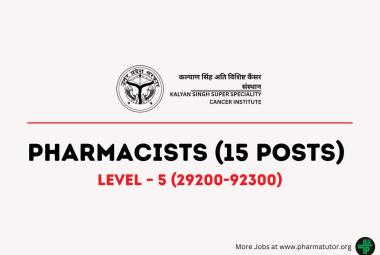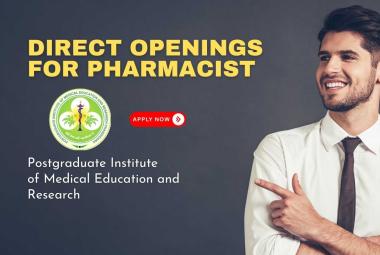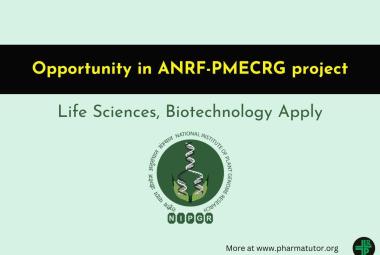Advance technology in skincare
 ABOUT AUTHOR:
ABOUT AUTHOR:
Vinay Kumar Singh
General Manager-Technical,
Mikasa Cosmetics Limited, Ahmedabad
Skin care market in India is estimated to be more than Rs 7,000 crore as per Euro monitors report of 2013. Skin care is rapidly growing segment in India. Demand for skin care products will continue to rise as consumers start paying more attention to their skin. Consumers of all age groups look for benefits including wrinkle-free, smooth and glowing, and healthy skin.With changing life styles, increase in disposable incomes, greater product choice and availability, and influence of satellite television, internet, more people are taking interest in personal grooming. The facial skin care market is booming. Products are competing with one another to take shelf space in the retail stores. Facial skin care products have become an essential part of the beauty market. Like western countries, creams and potions are applied in India also, in an effort to remove the pimples and the acne, fight stress and worry lines, and to remain young..The trend is driven further by the launch of new products with additional benefits which persuades consumers to buy these brands. As a result, skin care witnessed growth by a value CAGR of 8% at constant 2013 prices.



 ABOUT AUTHOR:
ABOUT AUTHOR:  ABOUT AUTHORS:
ABOUT AUTHORS:  About Author
About Author ABOUT AUTHOR:
ABOUT AUTHOR: 





